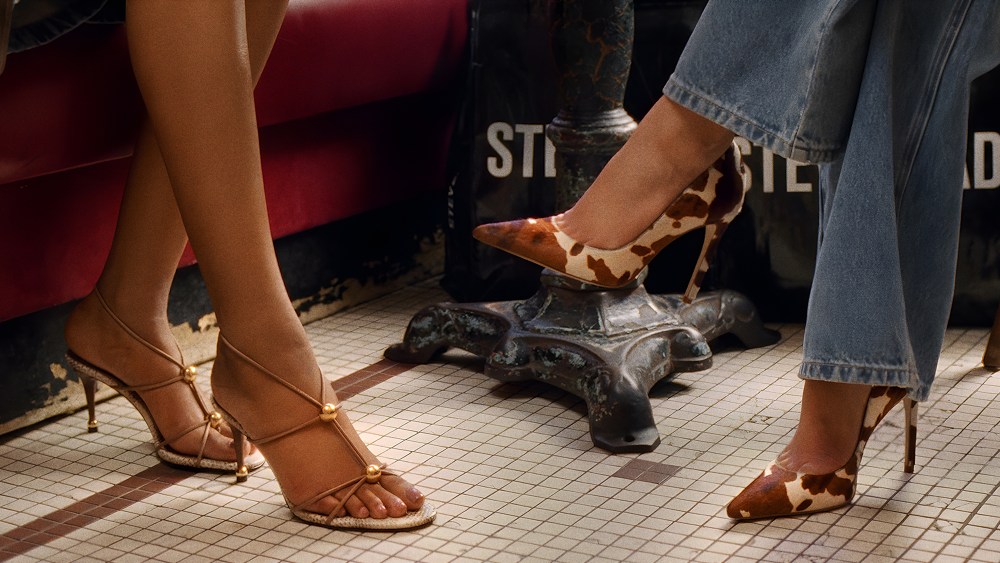Trump is expected to disclose some trade wins, including a deal with China and maybe even Brazil, ahead of his Supreme Court hearing next Wednesday.
The hearing is in connection with the legality of the Trump administration’s tariff strategy under the International Emergency Economic Powers Act. And some big trade deals in-hand on the eve of the hearing could bolster U.S. President Donald Trump’s position on current tariff policy, sources told Footwear News.
Word surfaced on Monday that a deal with China, at least on the control over rare earth minerals, was forthcoming and likely to be announced after Trump meets on Thursday in South Korea with his China counterpart, Xi Jinping. Earlier this week the thinking was that an agreement on a new duty rate could be reached, provided the two leaders can also find common ground on the fentanyl crisis, that would help pave the way for at least a 90-day extension of the current rates.
Now the word is that the two could be closer to an actual deal than once thought, wrapping in as well truces over shipbuilding and even agricultural purchases by China. Sources said the talks have been extensive over the past several weeks. And if an extension is deemed necessary, it would probably be closer to either 120 days or 180 days. That’s in part because a 90-day extension would end around Feb. 10, and too close to the start of the Lunar New Year celebrations that begin on Feb. 17. The thinking too is that if there’s talk about an even longer extension, it would be because a ceasefire of sorts would wrap up a long line of trading conflicts between the two countries.
And while there’s no indication of what’s in store for the duty rate on China imports to the U.S., at least the threat of 100 percent tariffs slated to begin on Saturday is off the table.
Tariffs on China imports are at a temporary reduced rate of 30 percent from 55 percent. There’s talk that if China takes action to cut the export of chemicals that make fentanyl, Trump would be willing to cut tariff rates and possibly bring down the duty rate to 35 percent from 55 percent.
“At this point, what’s left is for the leaders from the two countries to make the final agreement when they meet later this week. All signs so far point to a deal. I’ll be watching to see if it leads to the U.S. lowering any tariffs on China, which may bring their additional tariffs closer to their competitors, depending on the product,” said Josh Teitelbaum, senior counsel on international trade policy at the law firm Akin.
In a livestream of Trump’s speech at the APEC CEO Summit in South Korea on Wednesday, he was optimistic about getting a deal done. He first noted: “On this trip alone, I’ve signed groundbreaking agreements with Malaysia, Cambodia, Japan. Our deal with the Republic of Korea will be finalized very soon.”
Then Trump touched upon his meeting with President Xi Jinping on Thursday, stating “I think we’re going to have a deal. I think it’ll be a great deal for both and that’s really a great result.” He went on to say a deal was “better than fighting,” adding “I think we’ll have something that’s very exciting for everybody.”
As for why the U.S. has been tough on global tariffs, Trump said: “We’re ending gaping trade deficits; unfair trade barriers to market access; insecure supply chains; weak, pathetic supply chains, and much, much more.”
Trump also went on to tell the business leaders that the “best deals are deals that work for everybody, especially when you’re talking about nations,” noting that deals with nations are “a little bit different” than when one is doing a business deal.
And he also gave himself a pat on the back for getting the Quala Lampur Peace Accords signed to end the war between Cambodia and Thailand. He explained that the peace deal happened with the help of Malaysia acting as mediator after he told Cambodia and Thailand that a trade deal with the U.S. wasn’t going to happen if they remained at war.
“We have a complex and deeply intertwined relationship with our largest source of apparel and footwear imports. The past year has only added to that complexity, leaving U.S. companies facing challenging strategic sourcing decisions,” said Steve Lamar, president and CEO of the American Apparel & Footwear Association. “We’re hopeful the President will secure a long overdue comprehensive trade agreement with China and bring stability back to our supply chains to empower U.S. companies to plan, invest, and innovate for the future.”
Also on the horizon could be a trade deal with Brazil. The current rate is 40 percent, on top of an existing 10 percent tariff, bringing the total to 50 percent. One Brazilian shoe designer told Footwear News that she was hopeful now that Brazilian president Luiz Inácio Lula da Silva are talking again. One individual with familiarity of negotiations between the two countries said that trade experts from both sides have been engaged in ongoing talks. Lula’s optimism over a solution for the bilateral disputes has led some to believe that the 40 percent rate will either be lowered or even suspended.
Meanwhile the U.S. Senate on Tuesday voted to end the 50 percent tariffs imposed on Brazil. There is some certainty that the resolution probably won’t go anywhere when it reaches the House of Representatives due to a block by Republican leaders. And should a trade deal be reached between Trump and Lula, the Senate vote would then be moot.


